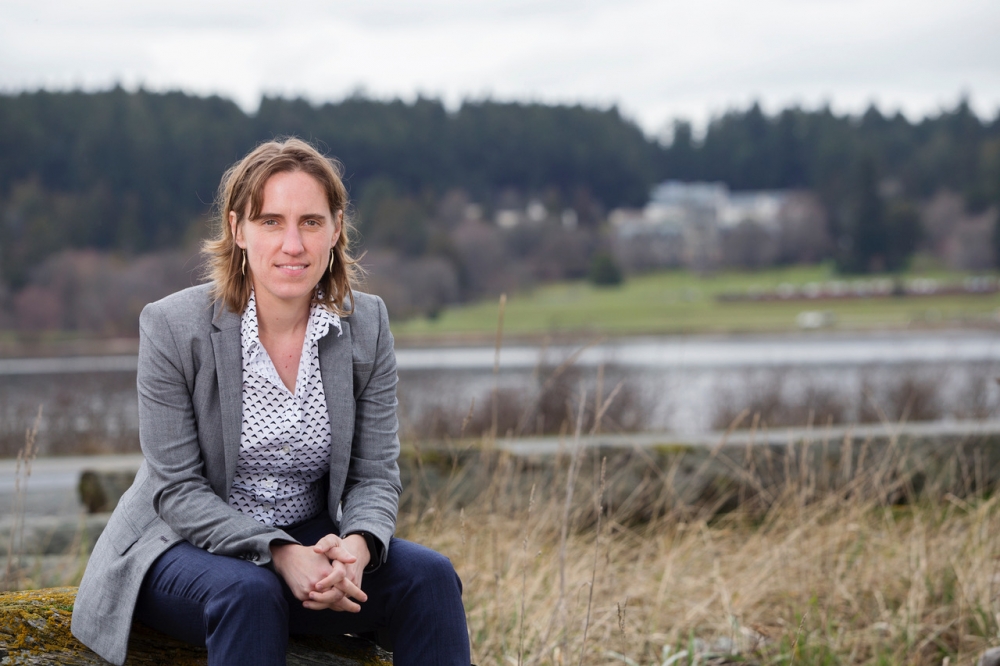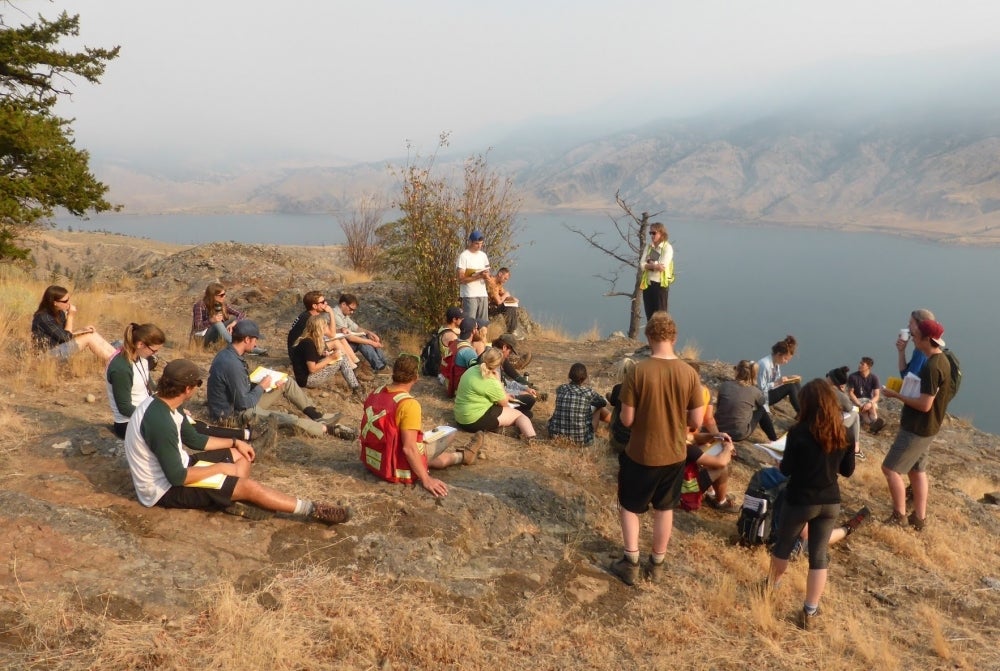
An Academic Role Model
The National Science Foundation has honored UC Santa Barbara Assistant Professor Kristin Morell as one of its 2021 Faculty Early Career Development (CAREER) award winners. The CAREER award is the foundation’s most prestigious honor in support of early career faculty, recognizing young faculty who have the potential to become exemplars in research and education.
“I’m tremendously honored to have received this award, and I’m really looking forward to encouraging more students to become excited about the geosciences and enjoying fieldwork,” Morell said. She plans to leverage the distinction and funding to support her research on plate tectonics and provide opportunities for underrepresented students to get involved in geoscience.
“The department could not be prouder that the National Science Foundation has given its most prestigious award for early career faculty to Professor Morell,” said Andy Wyss, chair of the earth science department. “This Himalayan-scale distinction widely announces a rising star in our discipline. It will springboard her to an even more influential position as a research and educational role model, and will help our department meet many of its most pressing goals. We look forward to the prominent leadership role Kristin will assume as she enters the next phase of her career.”
Morell specializes in studying subduction zones, where one tectonic plate dives below another. Because of the amount of contact this provides between the two plates, these boundaries are able to generate the largest earthquakes.
Our current understanding of subduction zones is that the plunging plate drags the overlying plate with it as it slips beneath. This builds up stress, which causes the rock to strain. An earthquake occurs when the plates finally slip, and both the motion of the lower plate and the springing of the upper plate contribute to the shacking that occurs during an earthquake.
That said, scientists don’t know a lot about how the overlying plate rebounds during this process. The traditional model assumes most of the deformation in the rock is temporary, and that the rock returns to its initial shape once stress is released by an earthquake.
The theory is simple and intuitive, but scientists have observed deformation in the upper plate that’s not accounted for in our current understanding. Field observations and recent quakes show that earthquakes can also occur within the overlying rock, and this rock may also not simply return to its initial shape and position afterward. Sorting out the mechanisms at work will advance knowledge of what is both a significant aspect of plate tectonics as well as something that affects earthquake preparedness.
Morell loves what she studies, but as a Latina in the geosciences, she said she has also experienced the challenges of entering a field as part of an underrepresented group. Wanting more people to have the opportunity to consider a career in earth science, she plans to apply the recognition and funding from her CAREER award to reach out to underrepresented students.

Morell teaches a field course to undergraduate students in British Columbia, Canada.
Photo Credit: DAVID NELLES
With part of the $600,009 funding that came with the award, Morell intends to create one-year research internships for four undergraduates to accompany her in the field on Kodiak Island, Alaska and the Nicoya Peninsula in Costa Rica. The internships will be coordinated through the Center for Science and Engineering Partnerships (CSEP), and provide two spots for UC Santa Barbara students and two spots for Santa Barbara Community College students. The funds will also enable Morell to expand her research by recruiting two graduate students to the earth science department.
She’s also working with the campus group MAPAS (Making Adventures Accessible for All Students), which is designed to foster a comfort with the outdoors in students who may have reservations about outdoor activities. Morell plans to lead field trips to local spots, like Lizard’s Mouth, as well as longer trips to places like Yosemite and Joshua Tree National Parks.
“Trepidation about the outdoors can be one of the largest barriers to students getting into the geosciences,” Morell explained. “The field component of our discipline can either be a plus or a minus for students. This initiative is designed to break down some of these barriers so that students can enjoy the excitement of being in the field instead of feeling left out or uncomfortable in the outdoors.”
Morell also plans to lead smaller workshops, like one demystifying the backpacking experience. “Because we were limited to only having a small number of internships, I wanted a way to grab a larger audience of students to become interested in field work and in the geosciences in general,” she said.



